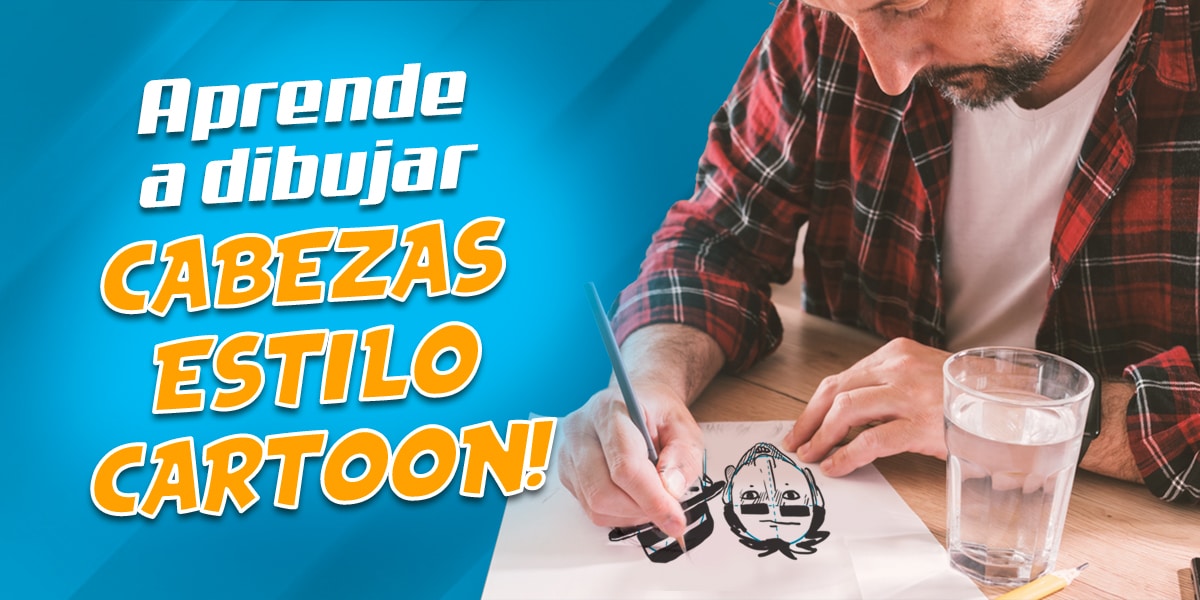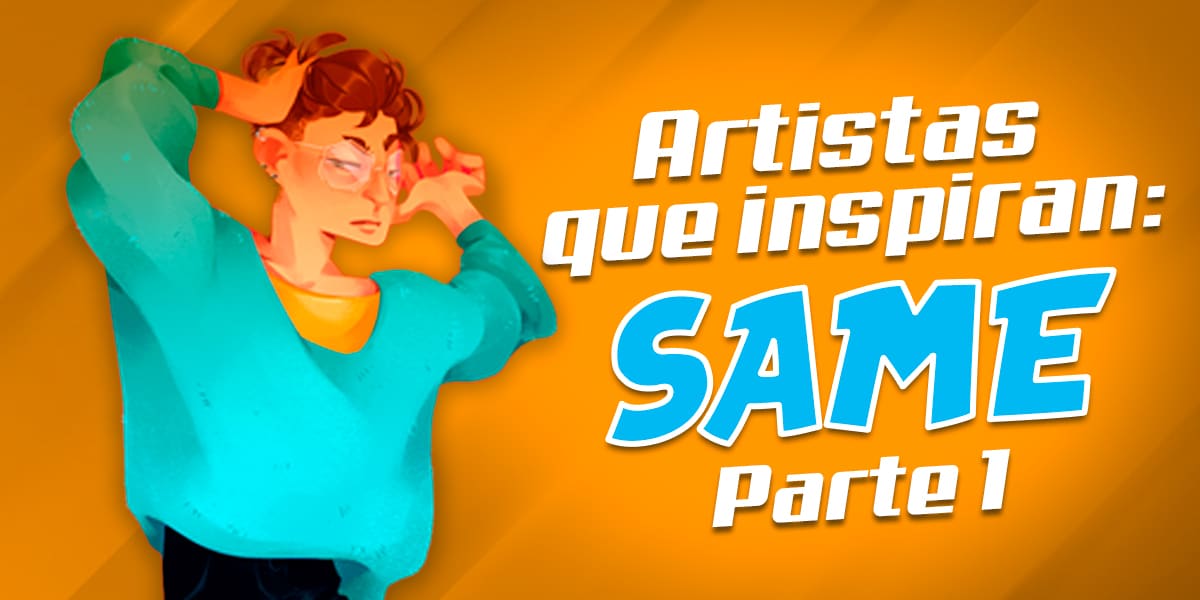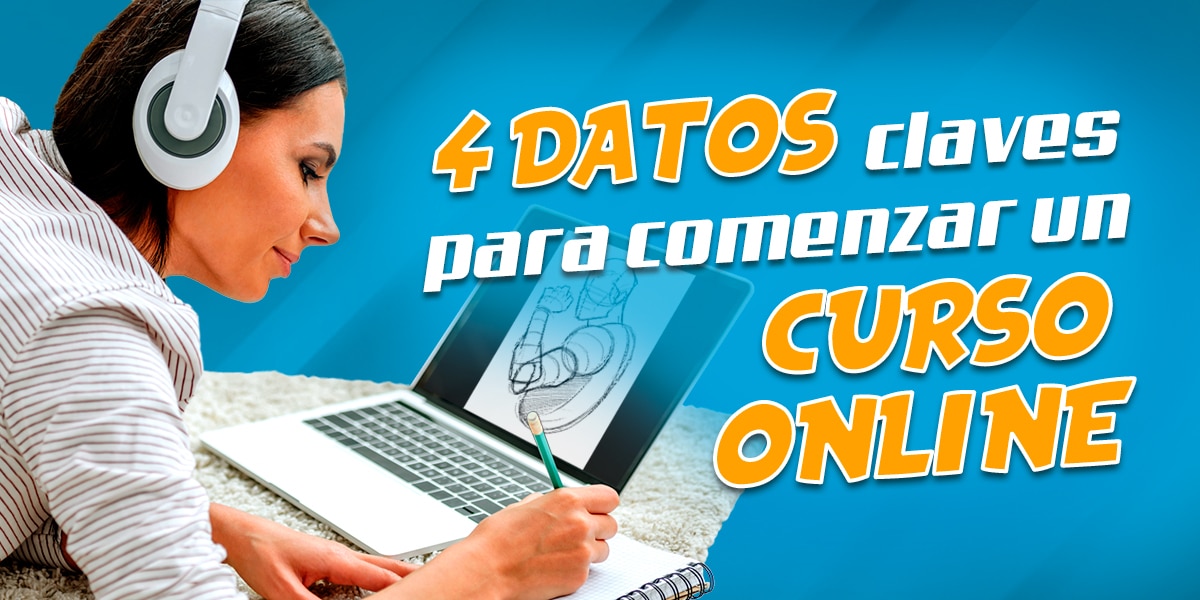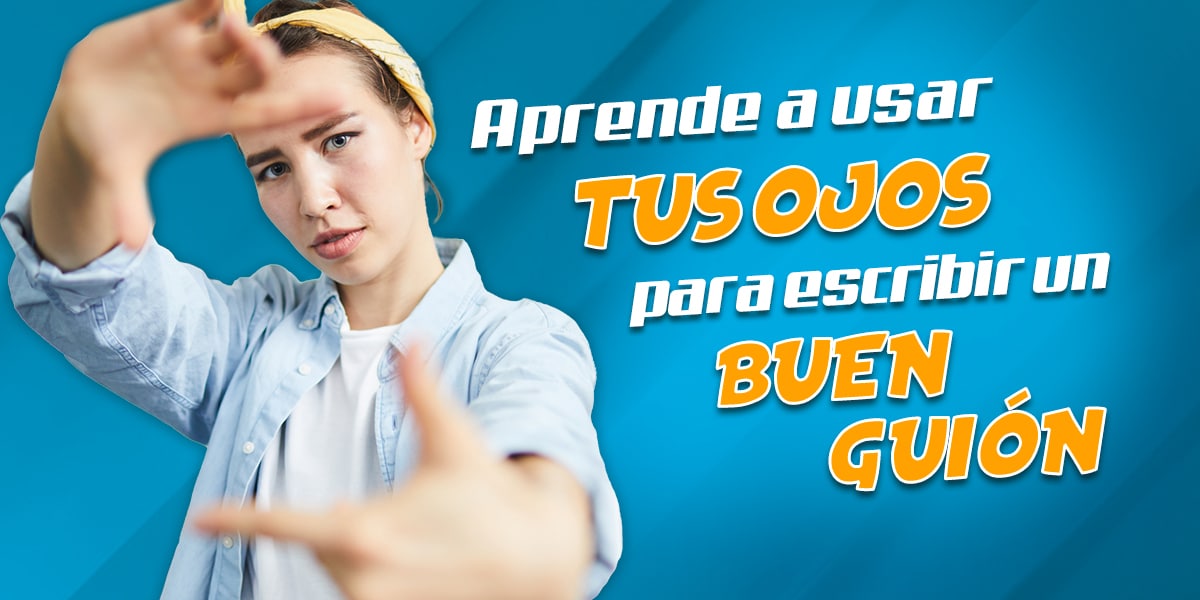Cabezas humorísticas: El arte de crear personalidades únicas a través del dibujo
¿Alguna vez te has preguntado cómo los ilustradores logran crear personajes tan memorables y llenos de vida con solo unos trazos? En este fascinante viaje por el mundo de las cabezas humorísticas, descubriremos los secretos detrás de la creación de personajes que saltan del papel y cobran vida propia. Desde la exageración de rasgos hasta la manipulación sutil de formas geométricas, exploraremos cómo dar vida a personalidades únicas a través del dibujo. Prepárate para sumergirte en un universo donde la creatividad no tiene límites y donde cada trazo cuenta una historia. ¡Acompáñanos en esta aventura artística que promete transformar tu forma de ver y crear personajes!
La magia detrás de las personalidades dibujadas: Emociones vs. Carácter
La cabeza humana es un lienzo extraordinario para la expresión artística. Mientras que las emociones son estados pasajeros que se reflejan en movimientos faciales momentáneos, la personalidad es la esencia duradera que define a un individuo. En el mundo del dibujo humorístico, nuestra misión es capturar y exagerar esa esencia para crear personajes inolvidables.
Imagina por un momento que tienes el poder de moldear la personalidad de alguien con solo ajustar el tamaño de sus ojos o la forma de su mandíbula. Eso es exactamente lo que haremos en este viaje creativo. Utilizaremos estereotipos como punto de partida y jugaremos con formas simbólicas para dar vida a caracteres únicos y fascinantes.
Para comenzar nuestra exploración, es crucial entender la estructura básica de la cabeza humana. Esta se compone principalmente de dos elementos: la esfera craneal, que alberga los ojos, la nariz y la parte superior de la boca, y la mandíbula, que puede representarse como un trapecio o semicírculo. Conocer esta base anatómica es el primer paso para luego romper las reglas y crear algo verdaderamente original.
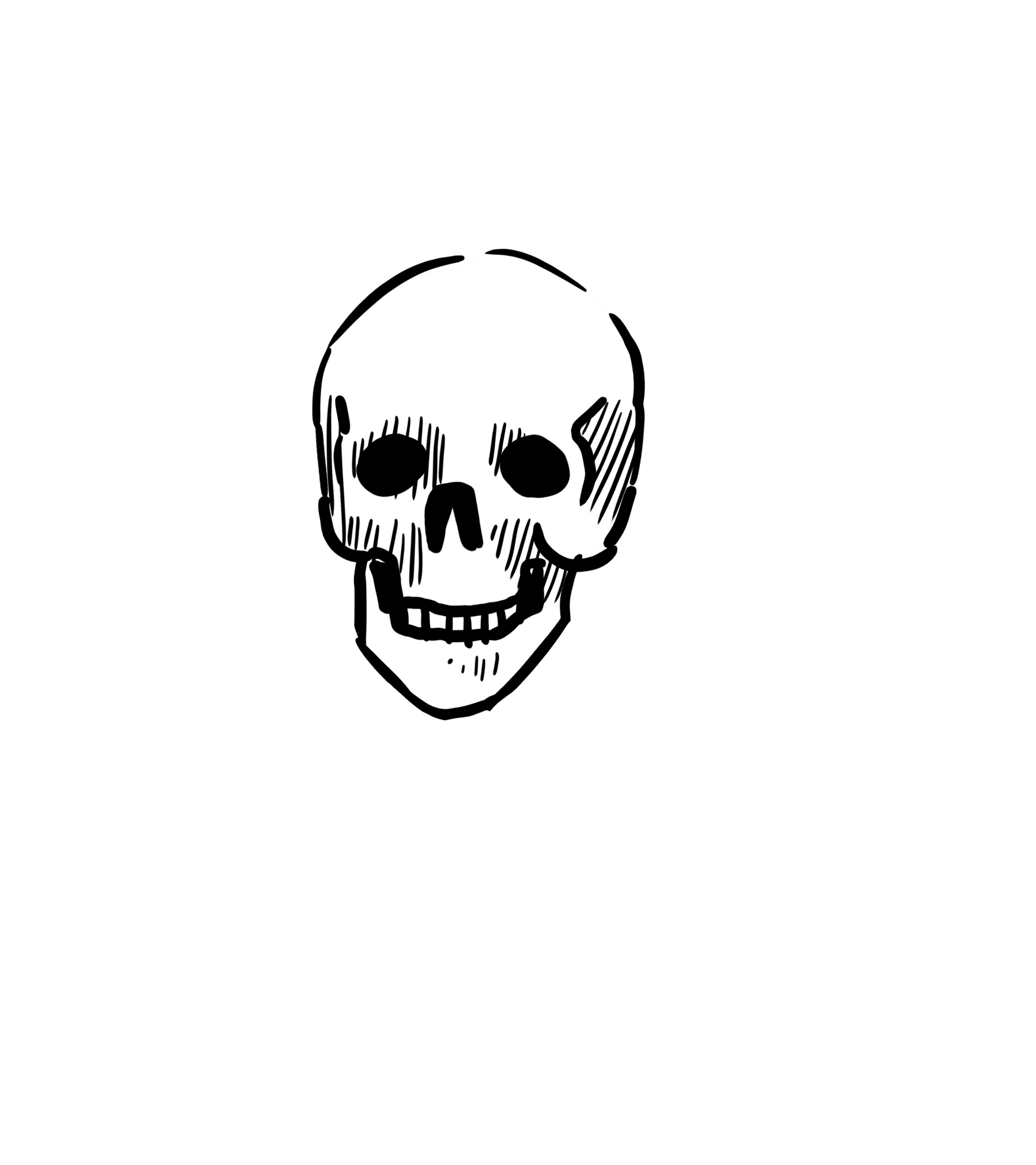
Pero no te quedes solo con la teoría. La verdadera magia ocurre cuando empiezas a experimentar. ¿Quieres llevar tus habilidades de dibujo al siguiente nivel? Descubre recursos increíbles aquí que te ayudarán a dominar estas técnicas y mucho más.
De lo clásico a lo creativo: Reinventando la estructura facial
La estructura clásica de la cabeza humana es solo el punto de partida. El verdadero desafío y diversión comienza cuando empezamos a jugar con estas proporciones. Piensa en las personas que conoces: ¿todas tienen la misma forma de mandíbula? ¿El mismo tamaño de ojos? Por supuesto que no, y es precisamente en estas diferencias donde reside la oportunidad de crear personajes únicos y memorables.
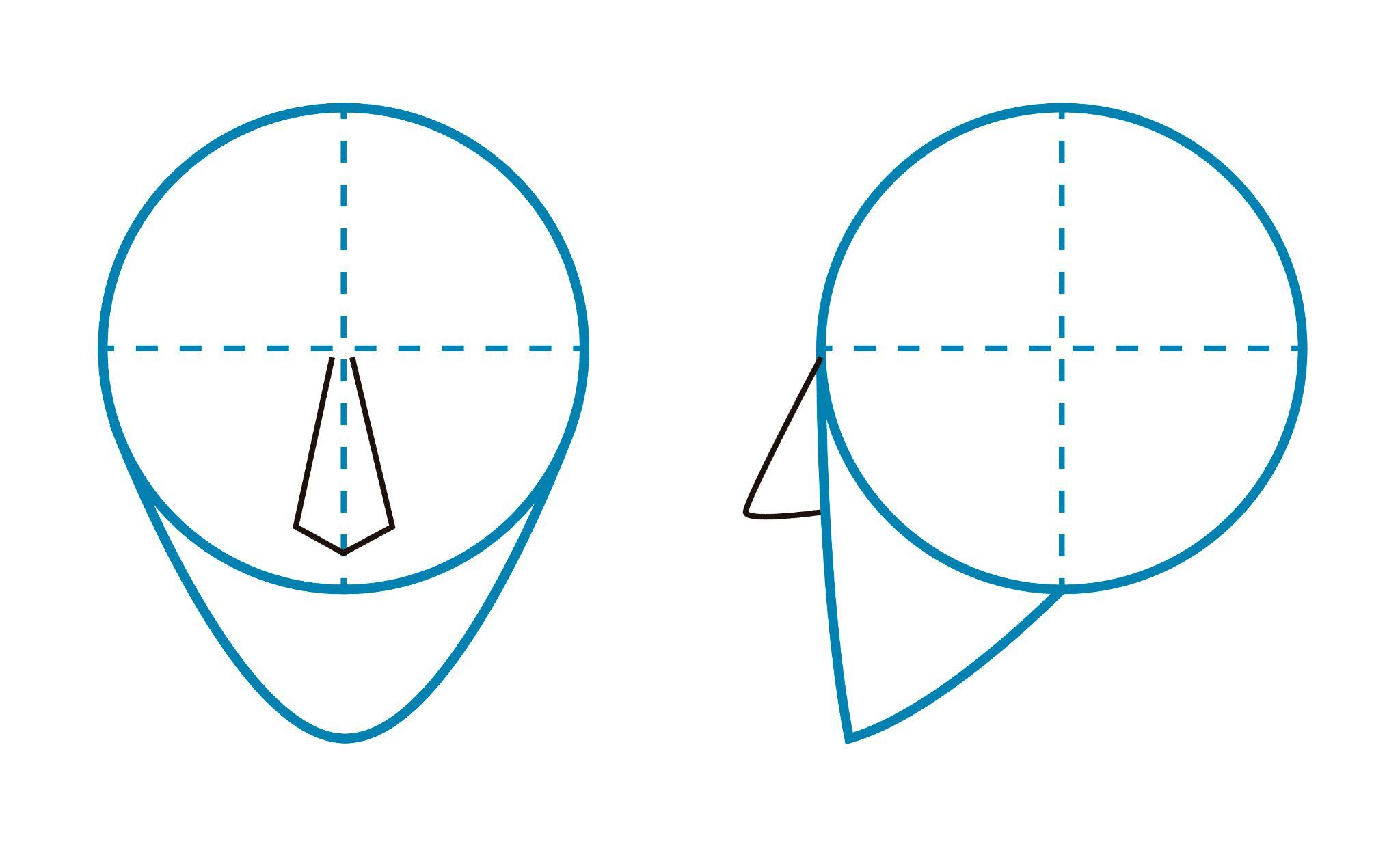
Al observar detenidamente estas variaciones naturales y exagerarlas, podemos dar vida a personajes que transmiten personalidades específicas con solo un vistazo. ¿Quieres crear un personaje que parezca inteligente? Prueba con una frente amplia. ¿Buscas transmitir determinación? Una mandíbula fuerte podría ser la clave.
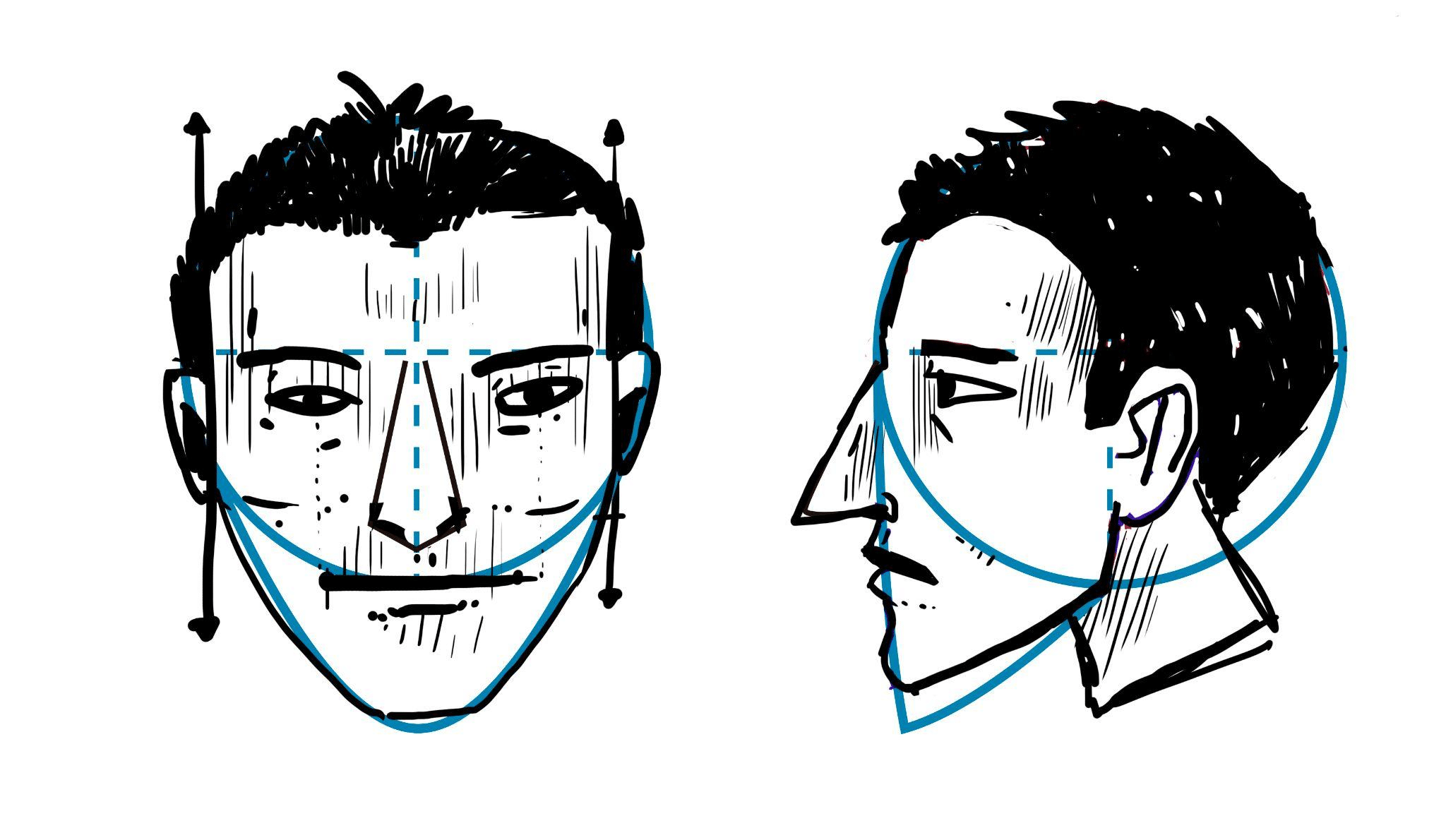
La clave está en inventar tus propias estructuras desde el principio. No te limites a copiar lo que ves; deja volar tu imaginación. Haz clic aquí para explorar técnicas avanzadas de diseño de personajes y lleva tus creaciones al siguiente nivel.
Hazte preguntas provocativas: ¿Cómo sería la cabeza de alguien extremadamente sabio? ¿Y la de alguien ingenuo? ¿Cómo podrías representar visualmente a una persona dominante o a alguien tímido? Estas preguntas te guiarán hacia la creación de estereotipos visuales que, aunque no deben tomarse literalmente en la vida real, son herramientas poderosas en el mundo del dibujo humorístico.
Recuerda, no estamos buscando generalizar a las personas reales, sino crear atajos visuales que comuniquen rápidamente la personalidad de nuestros personajes ficticios. Es un juego de percepción y creatividad que nos permite contar historias visuales de manera instantánea.
Formas y personalidades: Un juego de geometría creativa
Ahora que entendemos la importancia de la estructura, es momento de sumergirnos en el fascinante mundo de las formas geométricas y cómo estas pueden definir la personalidad de nuestros personajes. Cada forma tiene su propio lenguaje visual y evoca diferentes sensaciones en el observador.
Comencemos con la bóveda craneal. Un círculo perfecto podría sugerir inocencia o simplicidad, mientras que un óvalo alargado podría insinuar inteligencia o sofisticación. ¿Qué tal una forma cuadrada? Podría transmitir estabilidad o terquedad. El truco está en experimentar y ver qué historias puedes contar con solo modificar esta forma básica.
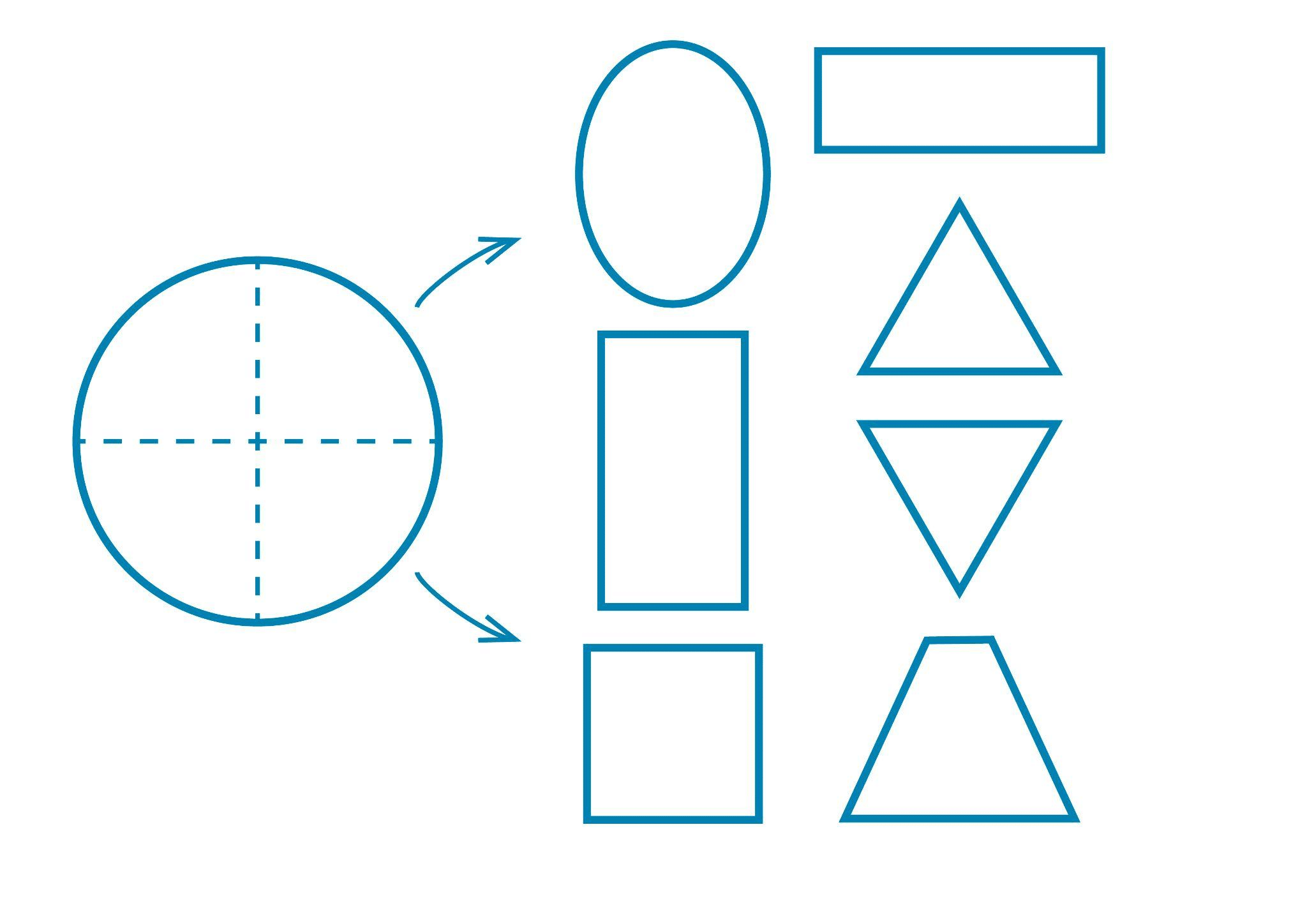
Pasemos ahora a la mandíbula. Una forma triangular puntiaguda podría sugerir astucia o malicia, mientras que una mandíbula cuadrada y prominente podría evocar fuerza o determinación. Una mandíbula redondeada y suave podría transmitir amabilidad o juventud.
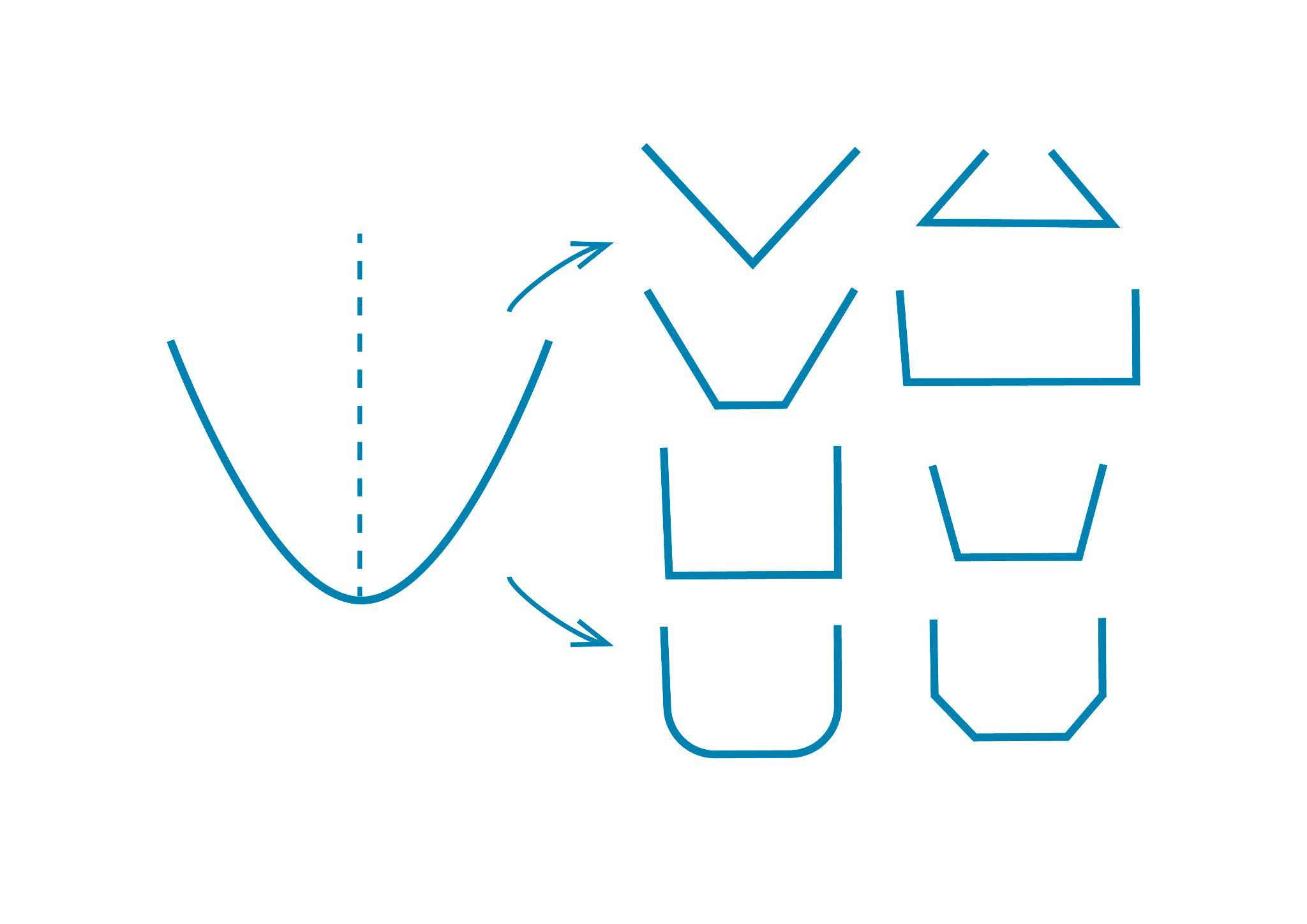
La magia realmente ocurre cuando combinas estas formas de maneras inesperadas. ¿Listo para dar el salto y crear personajes verdaderamente únicos? Ingresa aquí y descubre cómo llevar tus habilidades de diseño de personajes al siguiente nivel.
El arte de unir las piezas: Creando personajes completos
Ahora que tenemos nuestras piezas geométricas, es hora de unirlas para crear personajes completos y convincentes. Pero antes de sumergirnos en los detalles, no olvidemos la importancia de los ejes en nuestro dibujo. El eje horizontal para las cejas y el vertical para la nariz son fundamentales para mantener la simetría y proporción de nuestros personajes.
Jugar con la posición de estos ejes puede tener efectos dramáticos en la apariencia y personalidad percibida de nuestros personajes. Por ejemplo, mover el eje horizontal hacia arriba puede resultar en una frente pequeña y una cara alargada, lo que podría sugerir un personaje más primitivo o impulsivo. Por otro lado, bajarlo crearía una frente amplia, posiblemente insinuando inteligencia o contemplación.
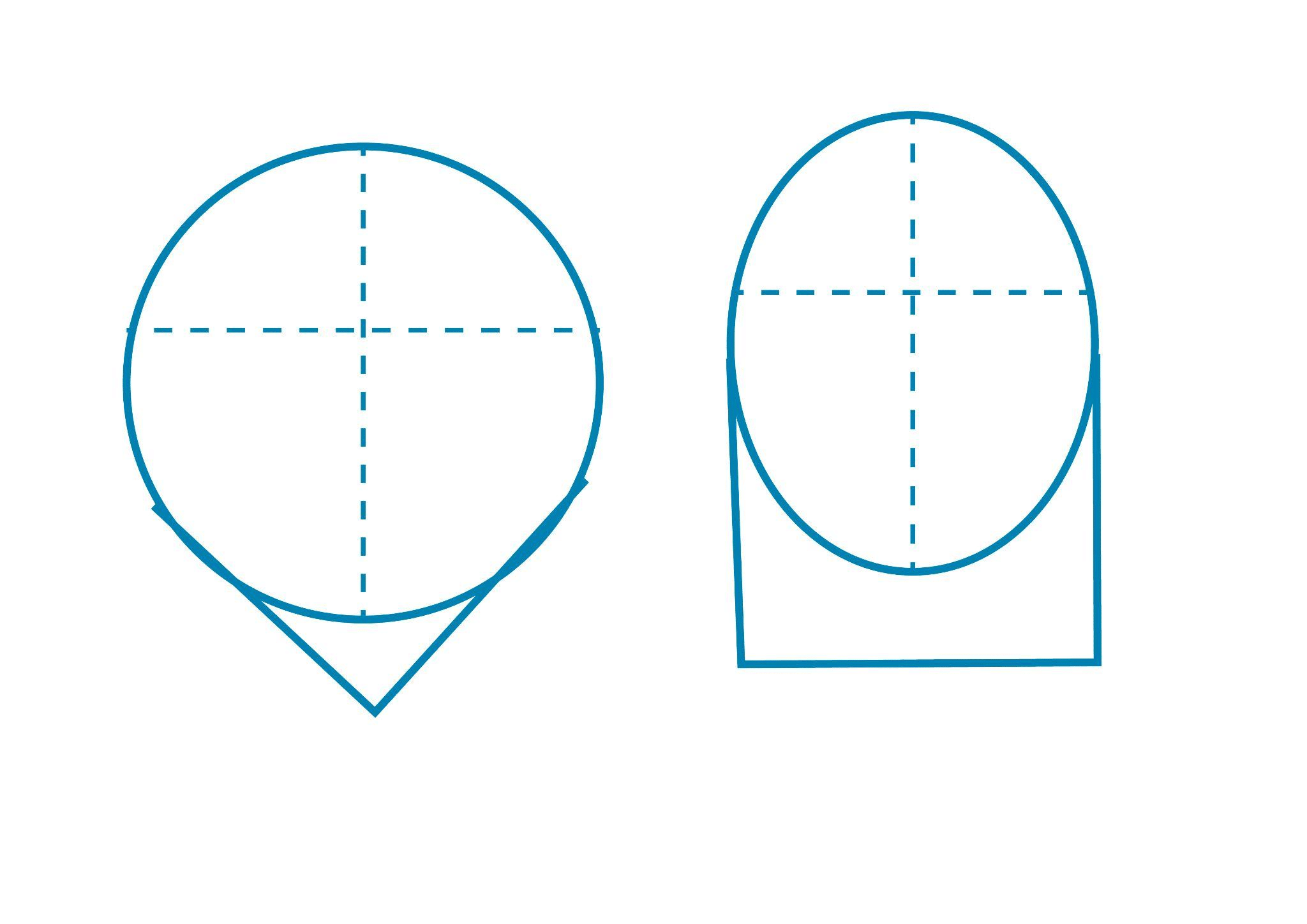
Observa cómo pequeños cambios en la estructura pueden llevar a personajes radicalmente diferentes:
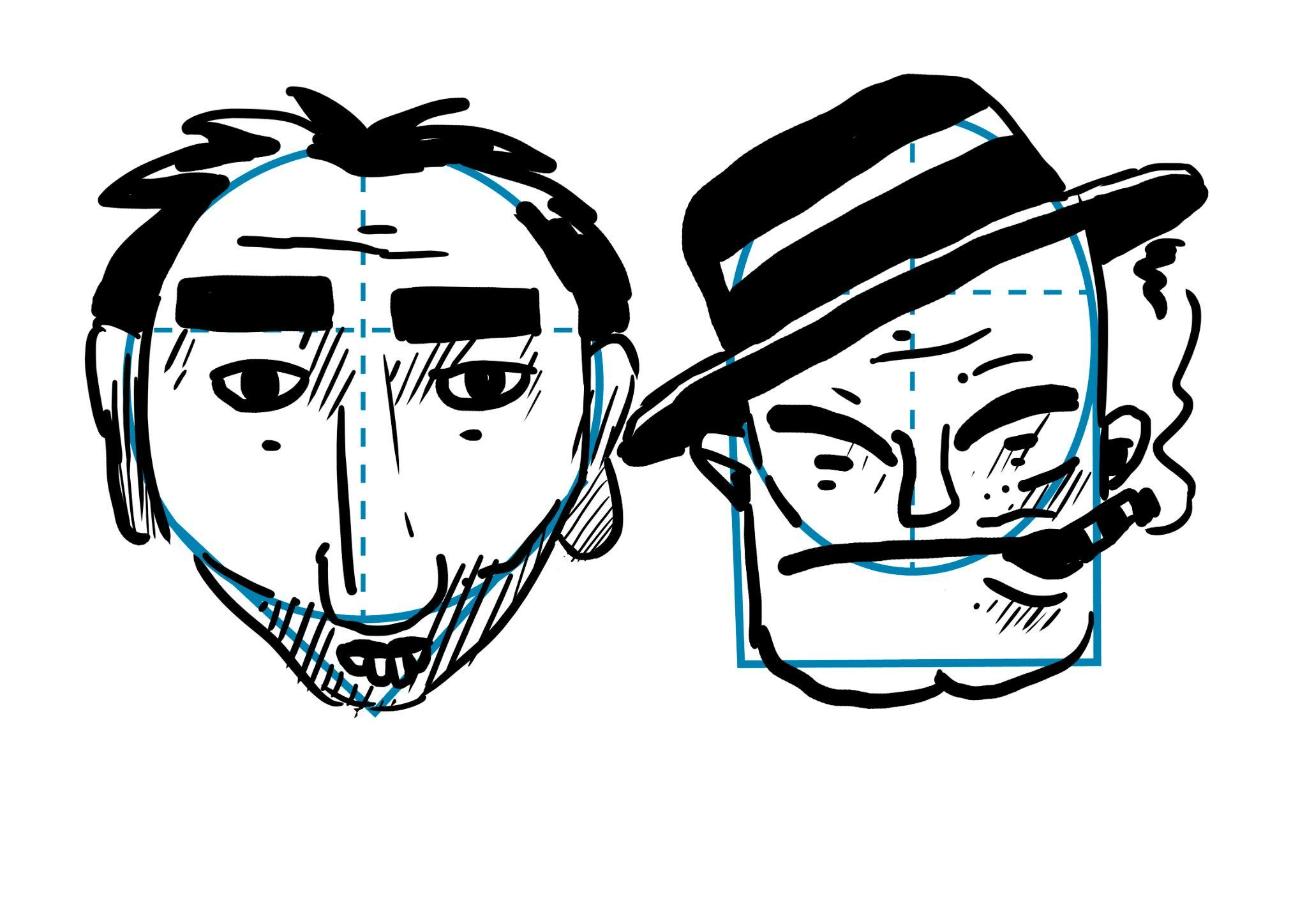
La verdadera diversión comienza cuando empiezas a experimentar con estas formas y proporciones. ¿Quieres perfeccionar el arte de crear personajes memorables? Explora más recursos aquí y lleva tus habilidades al siguiente nivel.
Perfiles que cuentan historias: El poder de la vista lateral
No podemos hablar de diseño de personajes sin abordar la importancia del perfil. La vista lateral nos ofrece una nueva dimensión para jugar con la personalidad de nuestros personajes, permitiéndonos exagerar rasgos de una manera que no es posible desde el frente.
Al dibujar perfiles, tenemos la oportunidad de jugar con la prominencia de la mandíbula, la inclinación de la frente, y la forma de la nariz de maneras que pueden transmitir instantáneamente rasgos de personalidad. Una mandíbula que sobresale puede sugerir determinación o agresividad, mientras que una frente inclinada hacia atrás podría insinuar un carácter más relajado o despreocupado.
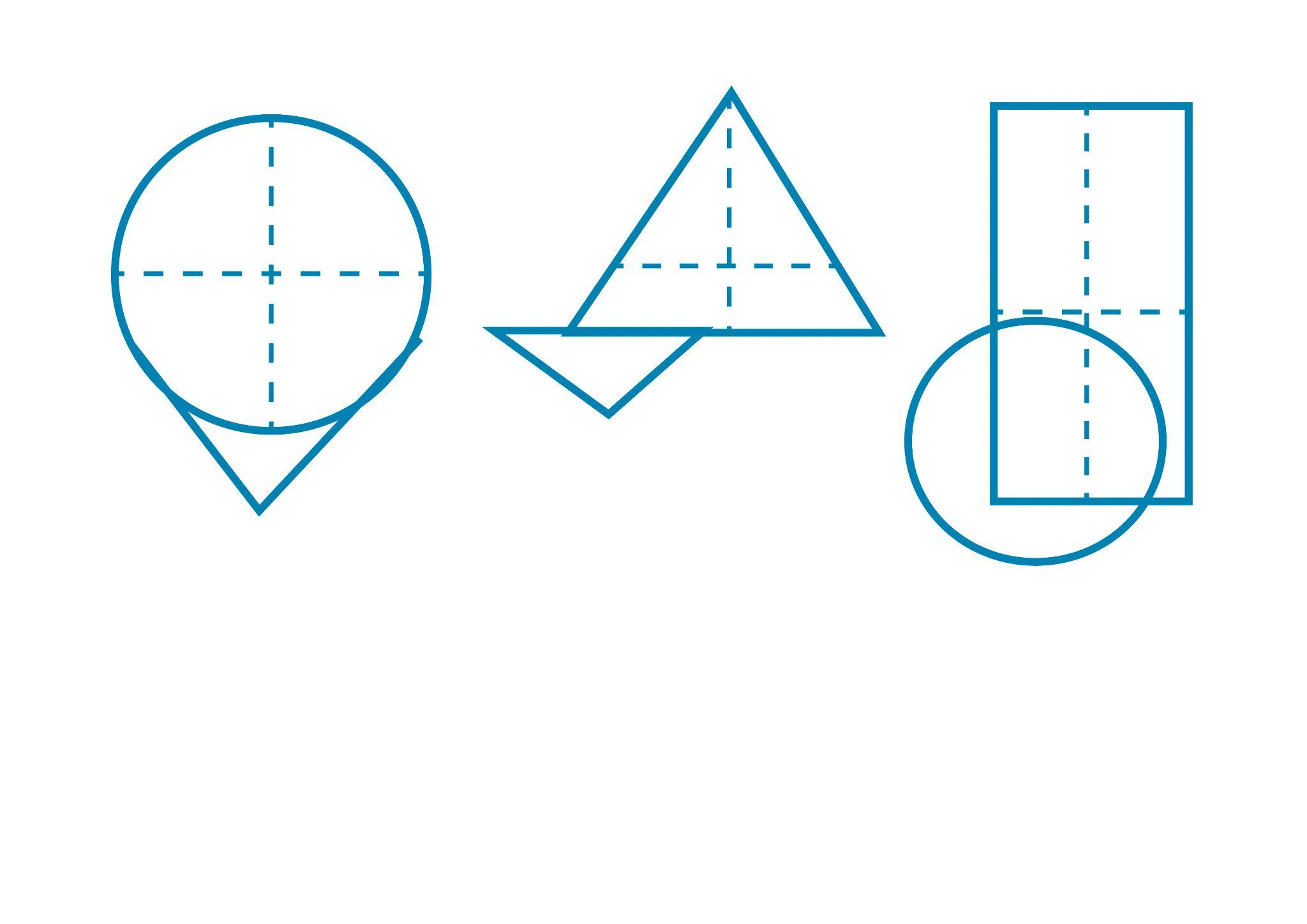
Observa cómo estas estructuras se traducen en personajes completos:
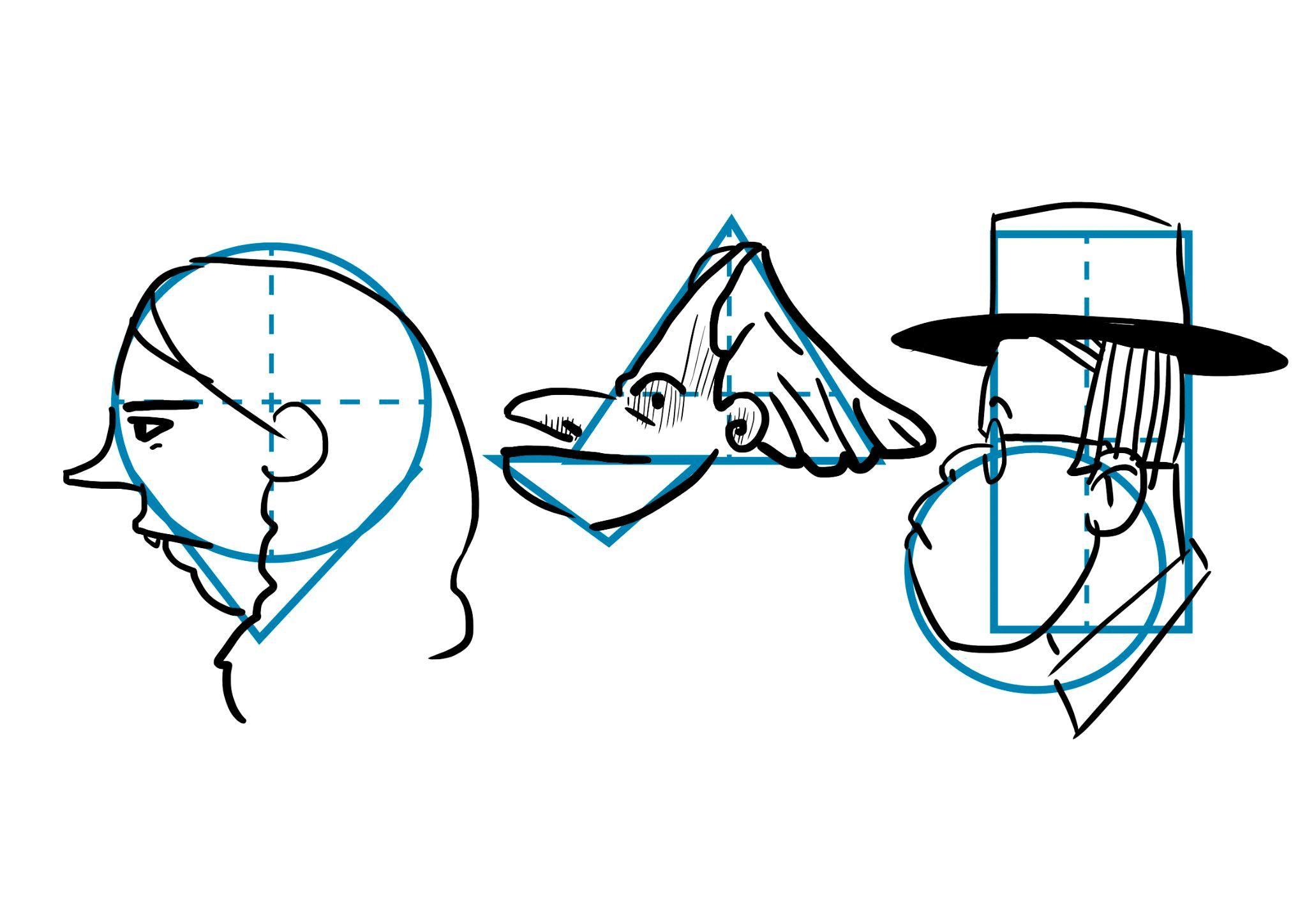
La clave está en experimentar con diferentes combinaciones y ver qué tipo de personajes emergen. ¿Listo para dominar el arte del diseño de personajes? Descubre técnicas avanzadas aquí y lleva tus creaciones al siguiente nivel.
Estereotipos visuales: Una herramienta poderosa con responsabilidad
Antes de concluir, es importante abordar el tema de los estereotipos visuales. Aunque pueden ser herramientas poderosas en el dibujo humorístico, debemos usarlos con conciencia y responsabilidad. Recordemos que estamos creando personajes ficticios, no definiendo a personas reales.
Algunos ejemplos de cómo podemos usar estos estereotipos visuales incluyen:
- Un cráneo grande para sugerir inteligencia o capacidad intelectual
- Una mandíbula prominente para indicar fuerza o determinación
- Ojos grandes para transmitir inocencia o curiosidad
- Una boca pequeña para insinuar timidez o reserva
La magia está en cómo combinamos estos elementos para crear personajes únicos y memorables. No te limites a un solo rasgo; juega con combinaciones inesperadas para crear personajes verdaderamente originales.
¿Quieres llevar tu creatividad al máximo? Haz clic aquí para descubrir recursos que impulsarán tu arte y te ayudarán a crear personajes que dejarán huella.
Conclusión: Tu viaje hacia la creación de personajes únicos
Hemos explorado el fascinante mundo de las cabezas humorísticas, desde la anatomía básica hasta la creación de personajes complejos y llenos de vida. Recuerda, la clave está en la observación, la exageración y, sobre todo, en divertirte con el proceso creativo.
No temas experimentar con formas inusuales o combinaciones inesperadas. Cada trazo es una oportunidad para contar una historia, para dar vida a un personaje único. Ya sea que estés caricaturizando a tus amigos o creando personajes completamente nuevos, mantén siempre esa chispa de curiosidad y juego en tu proceso.
El mundo del dibujo humorístico es infinito en posibilidades. Con las herramientas y técnicas que hemos explorado, estás listo para crear un universo de personajes tan diversos y fascinantes como tu imaginación lo permita. Recuerda, cada línea, cada forma, cada expresión es una oportunidad para contar una historia única.
Así que toma tu lápiz, deja volar tu imaginación y comienza a poblar tu mundo con personajes que solo tú puedes crear. ¿Quién sabe? El próximo personaje icónico que cautive al mundo podría estar esperando en la punta de tu lápiz.
¿Listo para llevar tu arte al siguiente nivel? Da el salto y descubre un mundo de posibilidades creativas aquí. Tu viaje hacia la maestría en el diseño de personajes apenas comienza. ¡Adelante, artista, el mundo espera tus creaciones!

